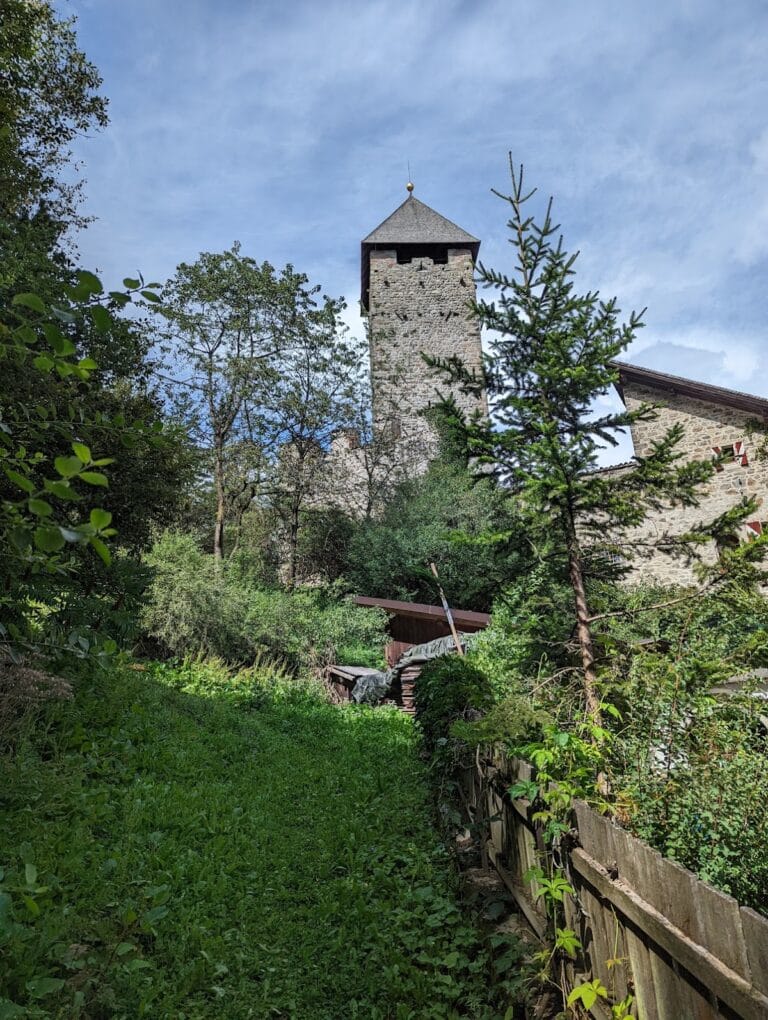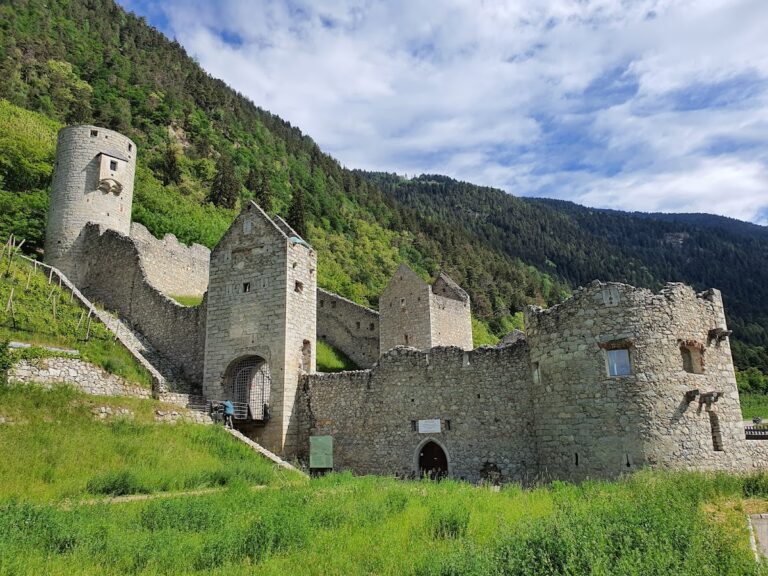Altrasen Castle: A Medieval Fortress in Rasen-Antholz, Italy
Visitor Information
Google Rating: 4.1
Popularity: Very Low
Google Maps: View on Google Maps
Country: Italy
Civilization: Unclassified
Remains: Military
History
Altrasen Castle, located in the municipality of Rasen-Antholz in modern Italy, was originally constructed during the 12th century by a local noble family known as the Lords of Rasun. This family belonged to the social class of ministeriales—unfree knights who served the prince-bishops of Bressanone, an ecclesiastical principality in the region. The castle first appears in written records in 1214 under the name “castrum Raesine,” while the noble lineage tied to it is documented slightly earlier, in 1182.
During the first half of the 13th century, the Lords of Rasun were actively involved in regional conflicts with the Counts of Tyrol, a powerful secular dynasty. Around 1230, the Counts of Tyrol seized Altrasen Castle, marking a significant shift in control. Following this conquest, the castle was expanded in the mid-1200s under the Counts’ direction. At the same time, a member of the Rasun family, Ulrich von Rasen, constructed a new fortress called Neurasen on the opposite side of the valley. This division of property led to ongoing disputes between the original lords remaining at Altrasen and the new branch established at Neurasen.
In 1259, the castle entered another phase of ownership when Meinhard II, Count of Tyrol, presented it as a morning gift—a traditional gift given at marriage—to his wife Elisabeth of Bavaria. The castle stayed within Tyrolean hands until the early 14th century, when in 1322 it was sold to Jakob von Sankt Michelsburg. During the late Middle Ages and continuing into the early modern period, Altrasen Castle served as the administrative seat of the Altrasen court, a local jurisdiction first mentioned in documents from 1484. This court held legal authority over territories extending beyond the nearby Rienz River, reaching as far as the village of Olang.
By the 16th century, the Welsperg family undertook repairs and modifications to the castle, although contemporary accounts from 1520 already described it as deteriorating. A further inspection in 1566 reported additional damage, leading to plans for converting the site into a prison and residential quarters, which were ultimately abandoned because the structure’s condition was too poor. Following this period, Altrasen Castle was left to decay and fell into ruin. In the late 20th century, between 1990 and 1994, provincial heritage authorities undertook efforts to stabilize and conserve the remaining stonework, halting further decay without full reconstruction.
Remains
Situated on a hilltop near the village of Niederrasen in the Antholz Valley, Altrasen Castle occupies a wooded area accessible via a forest path. Its layout reflects that of a medieval hill fortress, with a rectangular keep, known in German as a Viereckturm, forming the core of the complex. The surviving sections of the castle include parts of this main tower, which likely served both residential and defensive purposes, as well as remnants of the surrounding curtain wall that enclosed the site.
The tower courtyard, dating primarily from the 16th century renovations, is another notable feature. This courtyard would have been an enclosed area adjacent to the keep, functioning as a protected space for domestic activities and defense. The lower floors of the residential palace connected to the keep have survived largely intact, allowing insight into the castle’s domestic quarters. These stone walls, built using medieval masonry techniques of the time, stand in situ and display the fortress’s spatial organization.
Despite centuries of neglect, the most substantial parts of the ruins remain today, including the enclosing defensive walls and the foundational structures of the main residential areas. Conservation work carried out in the early 1990s focused on securing these existing vestiges to prevent further collapse, rather than reconstructing lost elements. The site’s preservation emphasizes the castle’s enduring presence in the landscape and its historical significance as a medieval administrative center.










